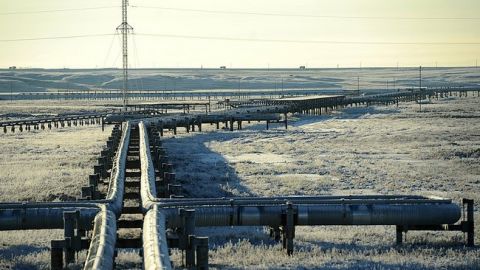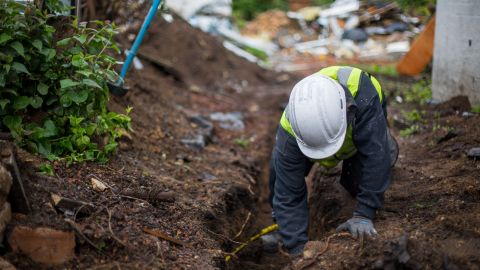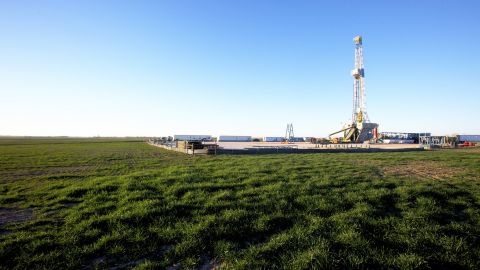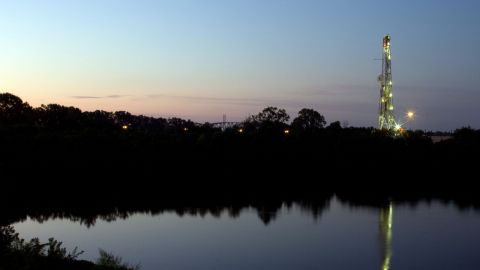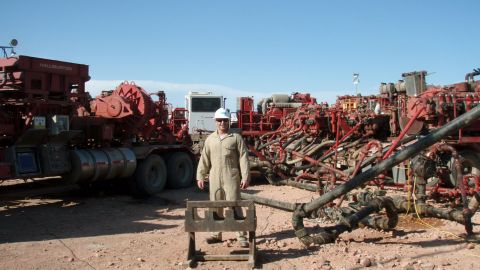What Comes Next for Fracking in Louisiana?
Recently The Guardian completed a five-month investigation into “carbon bombs,” or fossil fuel projects that would, over the course of their life, emit over one billion tons of carbon. The report revealed a total of 195 planned oil and gas carbon bombs around the world. If they were to proceed as planned, these projects alone would blow past internationally agreed-upon climate targets. One project site is the Haynesville Shale: a sedimentary gas play that lies more than 10,000 feet underground in parts of northwestern Louisiana, southwestern Arkansas, and eastern Texas. Given how far underground it is, the Haynesville Shale remained untapped until the fracking boom in 2008. Now, it accounts for almost 13% of natural gas production in the United States. But for all the prosperity Haynesville has brought to the region, it also has brought a number of climate, water, health, and justice issues.
Today we explore the significance of the Haynesville Shale, what issues it has exacerbated, and what a fair and sensible path forward might look like for this important fossil fuel site. With special guest Keith Hall, Nesser Family Chair in Energy Law at Louisiana State University.

